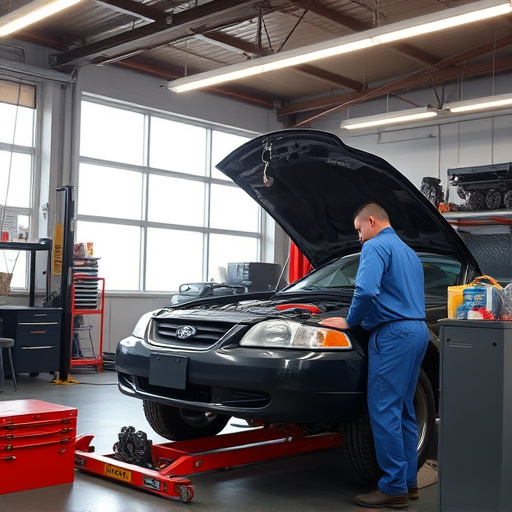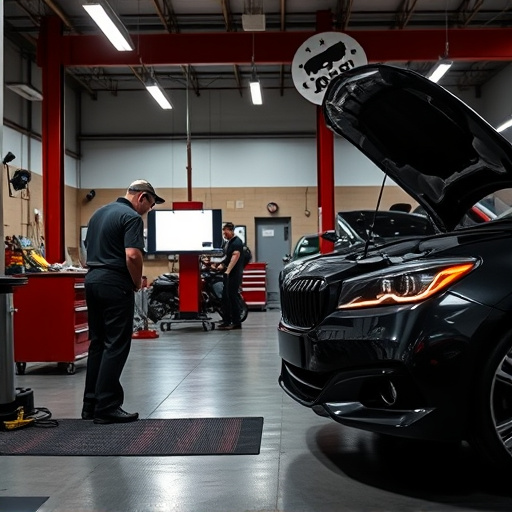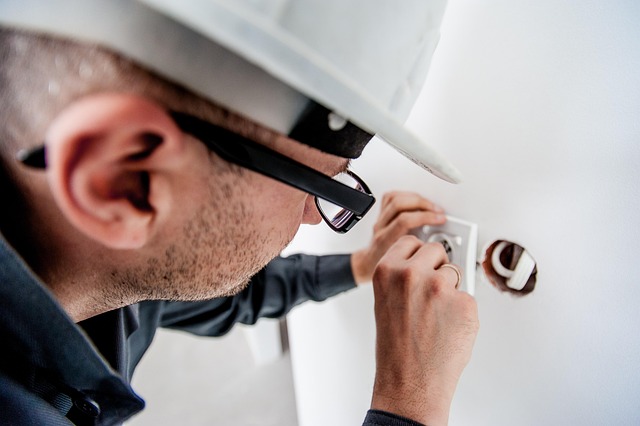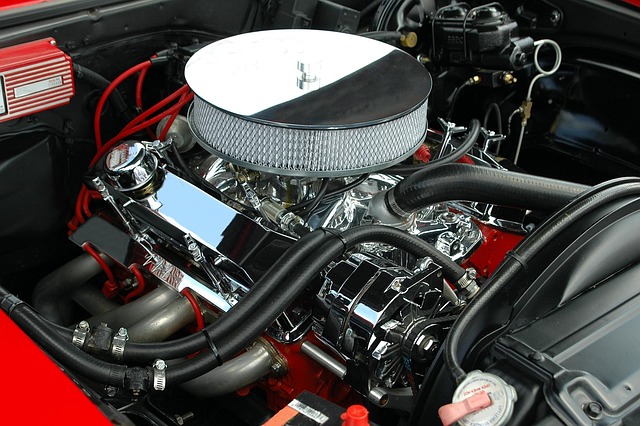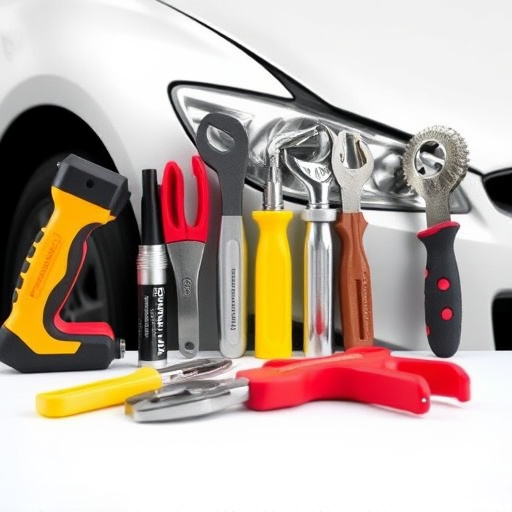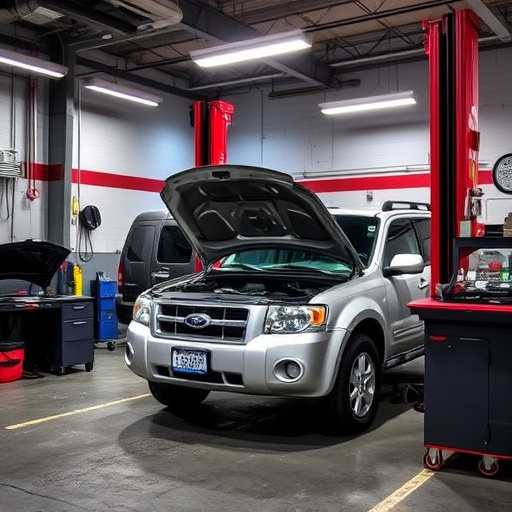In today's fast-paced digital era, efficient repair status updates are crucial for vehicle owners managing multiple repairs. Timely updates from repair shops build trust and transparency with customers, saving time and reducing stress. Traditional methods struggle with this scale, but a centralized platform integrating repair status updates ensures real-time data access for all stakeholders, streamlining the process from assessment to handover. Effective communication strategies, such as personalized daily or weekly updates via various channels, foster partnerships, enhance experiences, and increase customer satisfaction and loyalty.
In today’s fast-paced automotive landscape, efficient repair status updates are crucial for maintaining customer satisfaction and operational smoothness. As workshops manage an increasing number of vehicle repairs simultaneously, the need for streamlined communication has never been more apparent. This article explores why effective repair status updates are essential and provides practical solutions for tracking and communicating the progress of multiple repairs at once. From understanding the current challenges to implementing robust systems and adopting best practices, we delve into strategies to enhance customer experience through transparent and timely repair status updates.
- Understanding the Need for Efficient Repair Status Updates
- Implementing a System for Tracking Multiple Vehicle Repairs
- Best Practices for Communicating Repair Status to Customers
Understanding the Need for Efficient Repair Status Updates

In today’s fast-paced world, where convenience and efficiency are paramount, the need for efficient repair status updates cannot be overstated. For vehicle owners juggling multiple repairs simultaneously, staying informed about the progress of each service—be it car paint services, car scratch repair, or engine tuning—is essential. It saves them time, reduces stress, and allows for better planning. Efficient updates also foster trust between customers and repair shops, ensuring transparency throughout the process.
Without timely and clear repair status updates, owners might find themselves in a state of uncertainty, wondering if their vehicle is ready or if further steps are required. This can lead to delays in daily routines, especially for those reliant on their cars for work or travel. Therefore, implementing streamlined communication channels for repair status updates is crucial for both parties—customers and repair shops—to maintain a healthy relationship built on mutual understanding and respect.
Implementing a System for Tracking Multiple Vehicle Repairs

In today’s digital era, implementing a robust system for tracking multiple vehicle repairs simultaneously is more crucial than ever. Traditional methods often fall short when dealing with a multitude of repair jobs, leading to inefficiencies and potential delays. A centralized platform that integrates repair status updates ensures every stakeholder—from auto body shops to insurance companies—has access to real-time data. This streamlines the entire process, from initial assessment to final handover, enhancing transparency and customer satisfaction.
By leveraging advanced digital tools, automotive collision repair and auto body painting processes can be effectively managed. Auto repair services benefit significantly from automated status updates, enabling quick decision-making based on accurate information. This not only reduces administrative burdens but also facilitates the coordination of various tasks, ensuring repairs are completed promptly and efficiently, without compromising quality standards.
Best Practices for Communicating Repair Status to Customers

Effective communication is key when managing multiple vehicle repairs simultaneously. Providing clear and regular repair status updates to customers builds trust and ensures they feel involved in the process. Start by establishing a consistent communication strategy, such as daily or weekly updates, depending on the complexity of the repairs. This can be done through email, phone calls, or even dedicated customer portals. When delivering updates, be transparent about the progress, highlighting any challenges or delays upfront to set realistic expectations. For instance, if a vehicle requires frame straightening or auto body work, explain the steps involved and provide an estimated timeline for each phase.
Use simple language to describe technical aspects where necessary, ensuring customers understand the process without overwhelming them with jargon. Personalize each update, acknowledging the customer’s specific needs and concerns. This individualized approach makes clients feel valued and fosters a sense of partnership. Remember, keeping customers informed not only enhances their experience but also reduces inquiries, allowing your team to focus on the repairs while building long-term customer satisfaction and loyalty.
Efficient repair status updates are essential for maintaining customer satisfaction and streamlining automotive service operations. By implementing a system that tracks multiple vehicle repairs simultaneously, businesses can enhance communication, reduce wait times, and provide real-time transparency to clients. Adhering to best practices ensures that customers remain informed, fostering trust and loyalty in the face of potential uncertainty during repair processes. Embracing digital solutions for repair status updates is a game-changer, revolutionizing how garages and workshops interact with their clientele.



